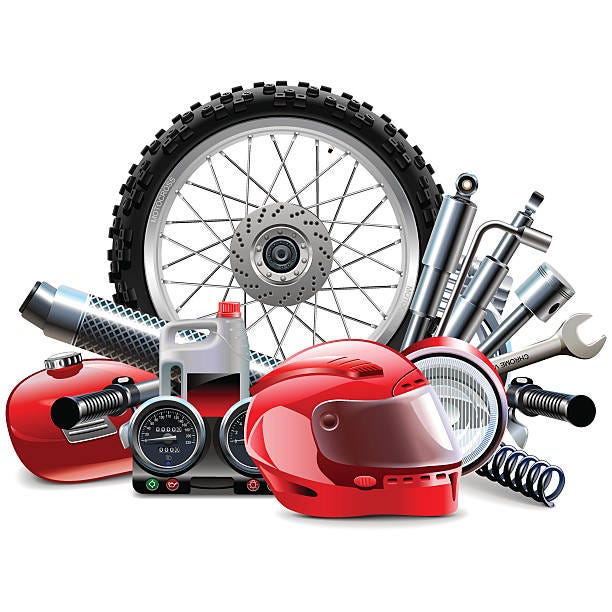Presentation:
Bikes have been around for quite a long time, developing from essential plans to complex machines custom fitted for different purposes. Understanding the parts of a bike isn’t just fundamental for cyclists yet in addition captivating for devotees and fledglings the same. Each part assumes a pivotal part in the general usefulness and execution of the bike. In this article, we’ll dig into the perplexing universe of bike parts, investigating their capabilities and importance.
Outline:
The casing fills in as the foundation of the bike, offering underlying help and deciding its general shape and math. Outlines come in different materials like steel, aluminum, carbon fiber, and titanium, each offering various qualities regarding weight, solidness, and sturdiness. Various sorts of edges take care of explicit riding styles, for example, street bikes, trail blazing bikes, and mixture bikes.
Fork:
The fork is the part that holds the front wheel set up and permits the rider to direct the bike. It comprises of two fork legs associated with the edge through the headset. Forks can be unbending or outfitted with suspension frameworks, regularly found in off-road bikes to assimilate shocks and upgrade control on unpleasant territory.
Wheels:
Wheels are contained edges, spokes, and tires. The edge gives a stage to the tire and supports the spokes, which interface the edge to the center point at the focal point of the wheel. Tires come in different sizes, tracks, and widths, taking care of various riding conditions and landscapes. Furthermore, wheels can be made of various materials, with choices for lightweight execution or sturdiness as a primary concern.
Drivetrain:
The drivetrain envelops the parts answerable for pushing the bike forward. This incorporates the chain, crankset, tape, front and back derailleurs, and shifters. The chain moves power from the pedals to the back tire by means of the tape and back derailleur. The crankset comprises of at least one chainrings joined to the wrench arms, which the pedals are associated with. Shifters control the development of the chain between various pinion wheels, permitting the rider to change obstruction and speed.
Brakes:
Brakes are fundamental for controlling velocity and halting the bike securely. Normal kinds of brakes incorporate edge brakes and circle brakes. Edge brakes apply strain on the edge of the wheel to dial back or stop the bike, while circle brakes use cushions that clasp onto a rotor joined to the wheel center point. Circle brakes are leaned toward for their boss slowing down execution, particularly in wet or sloppy circumstances.
Handlebars and Stem:
Handlebars furnish the rider with a grasp and command over the bearing of the bike. They come in different shapes and widths, taking care of various riding styles and inclinations. The stem associates the handlebars to the fork’s steerer tube and decides the rider’s span and riding position.
Saddle:
The seat, or seat, offers help and solace for the rider. Saddles come in various shapes, sizes, and materials to oblige different body types and riding inclinations. Legitimate seat fit is urgent for forestalling inconvenience and wounds during long rides.
End:
Understanding the parts of a bike is fundamental for cyclists, everything being equal. Each part assumes a vital part in the bike’s exhibition, solace, and security. Whether you’re a relaxed rider or a cutthroat cyclist, knowing how these parts cooperate can improve your riding experience and assist you with pursuing informed choices with regards to keeping up with, overhauling, or buying another bike.


